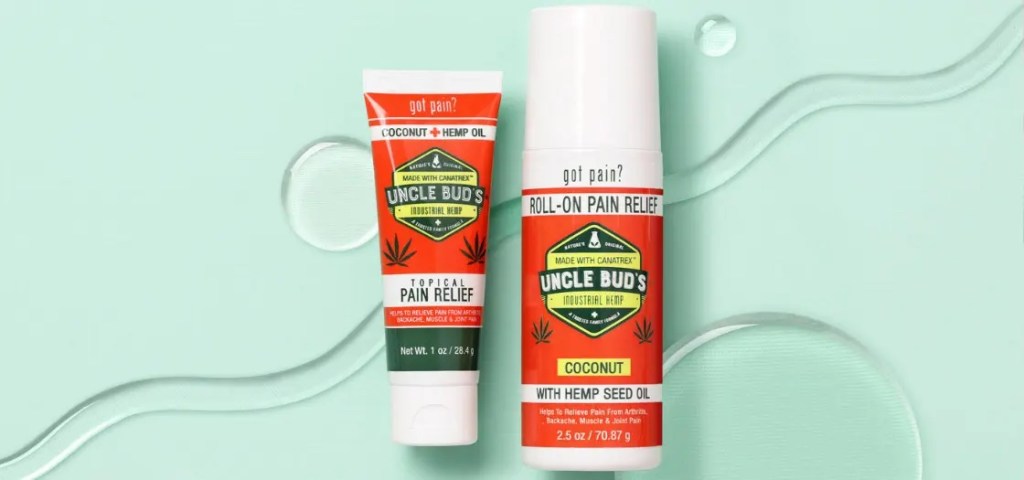Dig into data to better compete with private-label brands
According to NielsenIQ data, private label food sales have increased 16% over the last two years, reaching $135.5 billion in March 2022. Retailers have for years improved the quality and presentation of their private-label products. As they get more innovative in promoting private label online, CPG manufacturers need to know when and how their omnichannel shoppers are shifting to store brands as well as to competing national brands. Digging into the details of how consumer brand shifting behavior is impacting sales across all channels will help brands deploy savvy strategies for capturing more of their buyers’ dollars.
Know where to look for shopper spending shift
Consumers are completing their shopping trips in-store, through shipped and delivery, click-and-collect buying, or any combination of the three. With a wealth of options at their fingertips and pressure from rising costs, brand loyalty often isn’t top-of-mind. It’s easy for customers to compare prices online and brand-switch if they find a more affordable or desirable product. This makes omnichannel consumer behavior data some of the most important metrics to watch.
Tracking how shoppers shift between brands and through which channels can help you understand when and where your customers might be jumping ship to a national competitor or private label brand, and why.
This is particularly important in an inflationary environment that favors lower-priced private-label products. In the last two years, private-label food products have increased their share of sales from 6% to more than 11% thanks to shipped and delivery purchases. They also increased their share of click-and-collect sales in the same period, from 25% to 27%.
As retailers continue to experiment and innovate with their marketing, especially online, brands will need to have proactive strategies in place to monitor private label competition and maintain their share.
Use data as a tool against private label
With so much pressure on consumers to find the lowest price or most available product options, CPG brands need to analyze brand shifting behavior of their shoppers to answer business critical questions like:
- Are shoppers shifting to private label or to other brands?
- Are they more likely to brand-switch when shopping online or in stores?
Using granular data to answer these questions and stay on top of buying trends will help brands compete more effectively with private labels and rival brands in different channels and markets.
Broad, aggregate data might not show a CPG brand the whole picture of their performance in comparison to private label brands, or how a retailer might be leveraging pricing and promotion to market their private label products.
NielsenIQ Omnishopper data allows brands to dig deeper into sales drivers and shopper behaviors by channel to pinpoint how different customers shop, where they shop, and what they look for. Getting to know their purchasing patterns and priorities will help brands retain an audience of loyal customers.
For more insights and data on omnichannel brand-switching and the rise of private label sales, download our new whitepaper, “Finding dollars in the data.”




